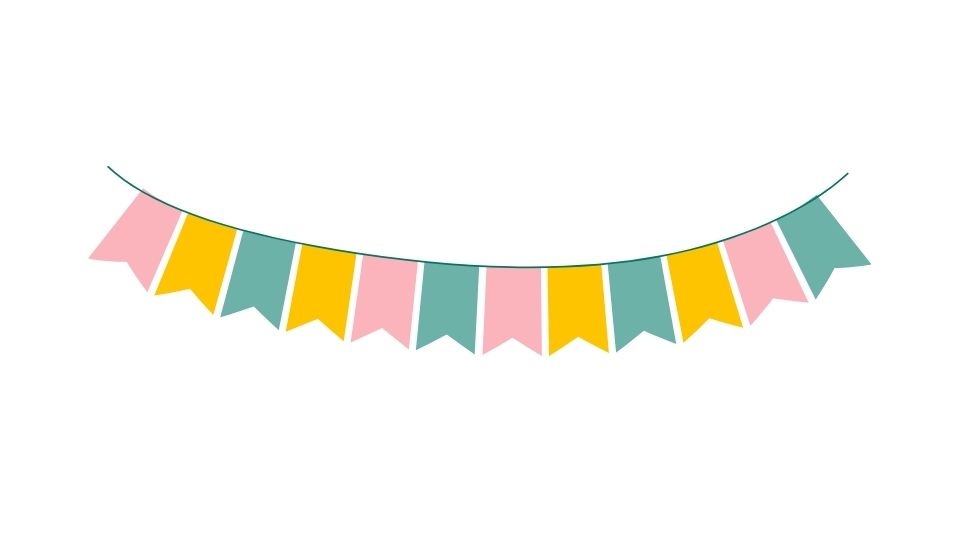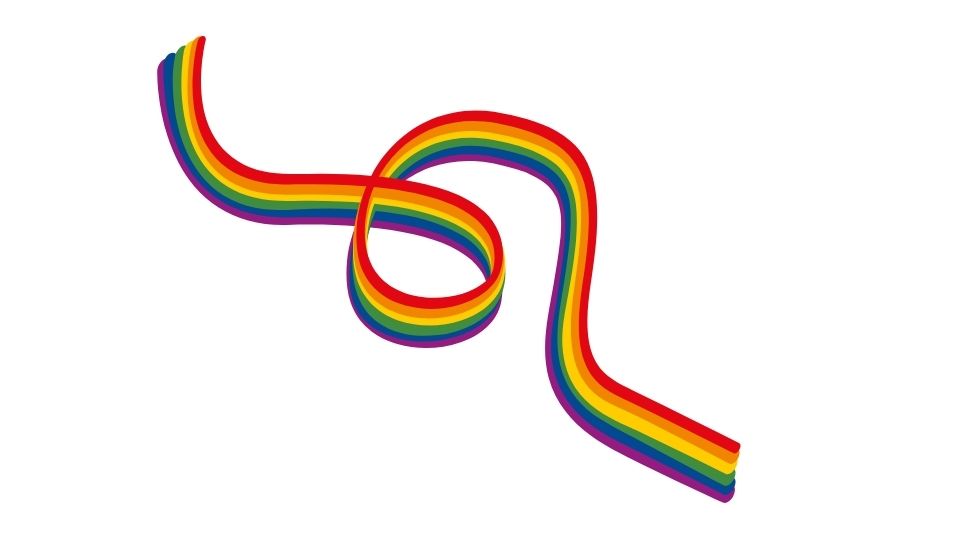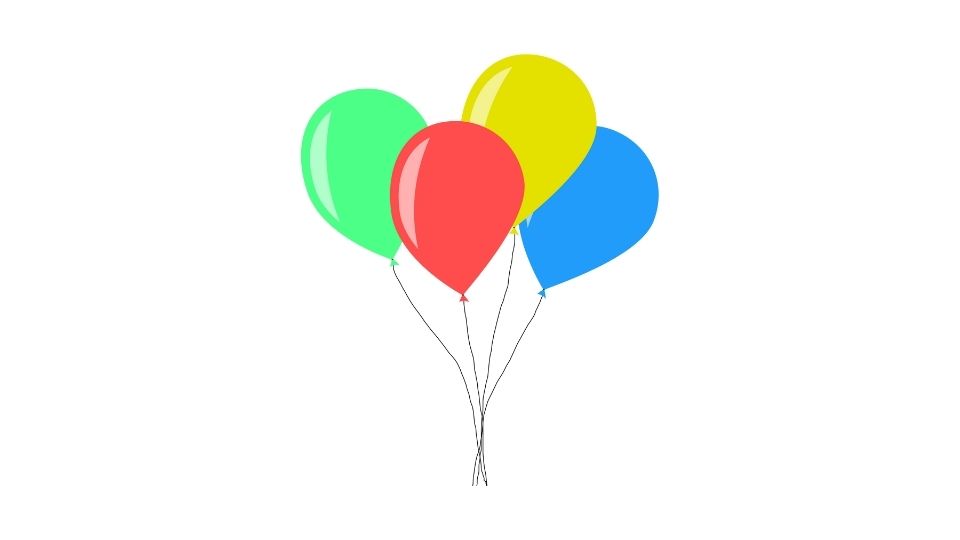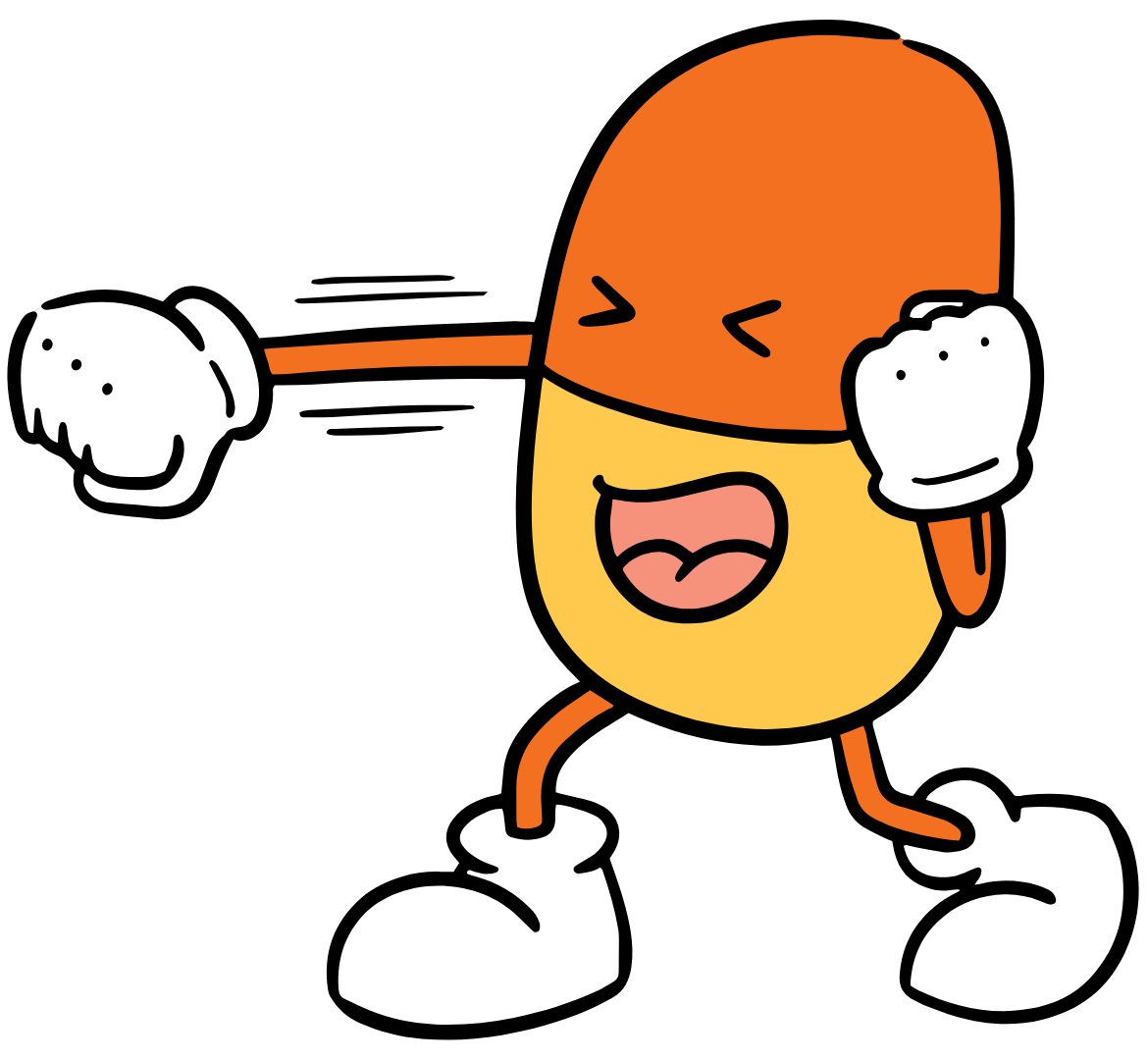Suicide Awareness Ribbon Colors and Their Meanings

Suicide awareness ribbons are like the silent language we use to talk about one of the hardest topics – mental health and suicide prevention.
While these little fabric symbols might seem simple, they carry powerful messages of hope, support, and remembrance. They’re not just decorations – they’re conversation starters in a world where we desperately need more open dialogue about mental health. 💬
And yes, there are actually several different colored ribbons for suicide awareness – each with its own history and meaning. Let’s break it down.
The Colors of Suicide Awareness Ribbons (And What They Actually Mean)
Teal & Purple: The Main Players

The teal and purple combination is what most people recognize today as the suicide awareness ribbon.
These colors weren’t chosen randomly. Teal represents healing and calm, while purple symbolizes courage and survival. Together, they create a powerful visual symbol that says “It’s okay to talk about this” and “There is hope.”
You’ll see these colors everywhere during World Suicide Prevention Day and throughout suicide prevention campaigns worldwide. They’ve become the universal symbol that helps break down the walls of silence around suicide and mental health struggles.
Yellow: The Original Suicide Prevention Ribbon
Long before teal and purple became popular, there was the yellow ribbon – and it has a heartbreaking origin story.
After losing their son Michael to suicide in 1994, Dale and Dar Emme founded the Yellow Ribbon Suicide Prevention Program. They chose yellow because it represented hope and light during dark times.
The program focused especially on teen suicide prevention, using the bright, visible color to signal that it’s okay to ask for help. Many yellow ribbons also include a heart symbol, representing compassion and support.
Yellow Ribbon Week happens each September, coinciding with World Suicide Prevention Day, and continues to save lives through education and awareness.
Yellow & Orange: The Candle Flame
In 2016, the International Association for Suicide Prevention (IASP) wanted to create one universal symbol that could be recognized worldwide. They introduced a dual-colored yellow and orange ribbon that symbolizes the light of a candle flame.
This design connects beautifully with their “Light a Candle” campaign, where people around the world light candles in windows to show support and remember those lost to suicide.
The yellow-orange ribbon is gaining recognition globally and is often featured in candlelight walks and memorial events.
Why These Ribbons Matter So Much

Let’s be real – wearing a ribbon won’t solve the suicide crisis. But these symbols do something incredibly important:
They smash stigma. By openly wearing these ribbons, we say “I’m not afraid to talk about mental health and suicide.” This openness can be life-saving.
They encourage help-seeking. Someone struggling might see your ribbon and think, “Maybe I can talk to this person” or “Maybe I’m not alone after all.”
They honor lives lost to suicide and show support for survivors dealing with grief.
They educate others about warning signs and resources. Each ribbon can become a teaching moment.
When To Wear Suicide Awareness Ribbons

While you can wear these ribbons anytime, there are specific dates when they have even more impact:
World Suicide Prevention Day (September 10): The biggest global day for suicide awareness.
National Suicide Prevention Month (September): A full month dedicated to education and outreach.
Yellow Ribbon Week: Focused specifically on youth suicide prevention.
But honestly? Mental health struggles don’t follow a calendar. Wearing these ribbons year-round helps maintain the conversation and shows consistent support for those who might be suffering silently.
Be Aware: Ribbon Color Confusion
One challenge with awareness ribbons is that the same colors can represent different causes:
- Yellow ribbons also symbolize military support and bladder cancer awareness
- Purple alone represents Alzheimer’s and general cancer awareness
- Teal is used for sexual assault awareness and anxiety disorders
This is why the specific combinations (teal+purple or yellow+orange) or the context in which they’re worn matters so much for suicide awareness.
The Bottom Line

Whether you choose teal and purple, yellow, or yellow and orange, wearing a suicide awareness ribbon sends a powerful message: “You are not alone. Help is available. Your life matters.”
These small fabric symbols create visibility for an invisible struggle. They honor those we’ve lost while fighting to prevent future tragedies. They start conversations that save lives.
So the next time you pin on that ribbon, remember – you’re not just wearing a piece of fabric. You’re wearing hope. You’re wearing permission to speak openly about mental health. You’re wearing a lifeline that someone desperately needs to see.

